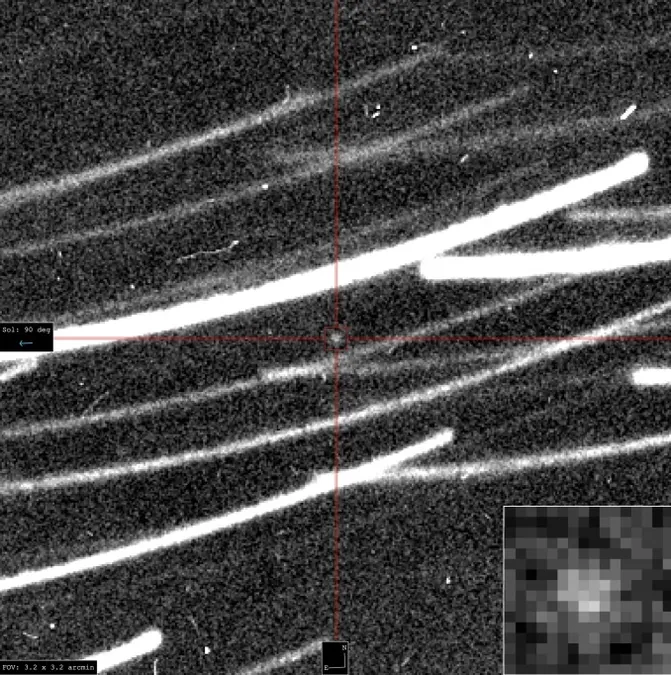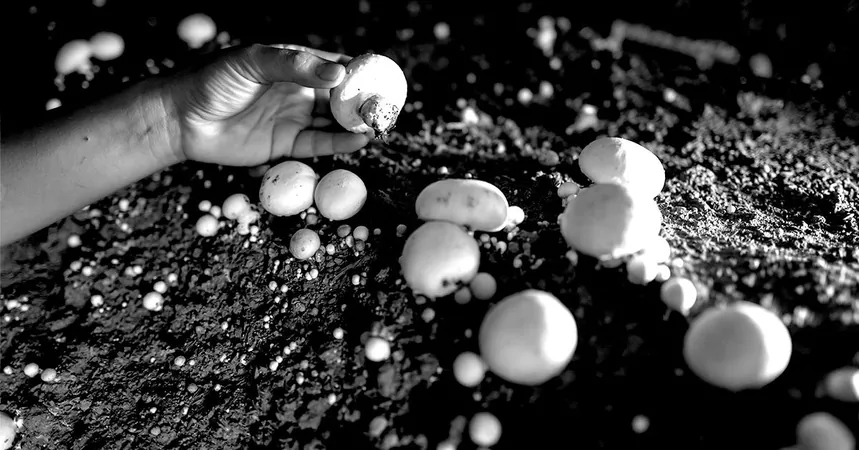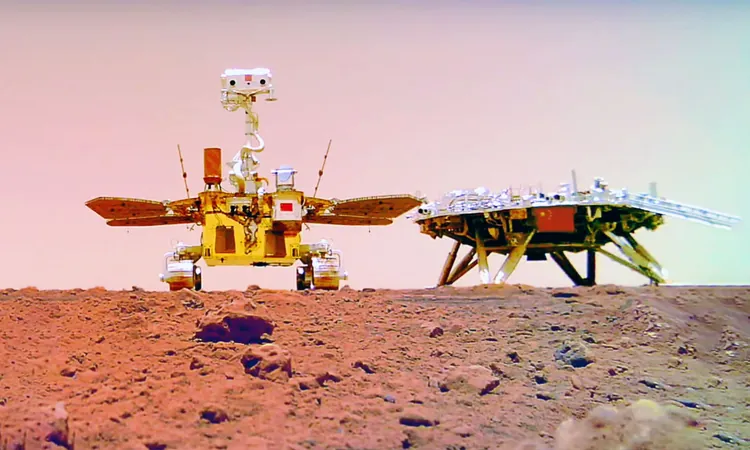
Earth’s Temporary Mini-Moon: What It Reveals About Our Cosmic Neighbors!
2024-11-21
Author: Daniel
Introduction
For just over a month, Earth has been accompanied by a fascinating new visitor from space: a 'mini-moon' known as 2024 PT5. This small asteroid, which has been orbiting our planet, is set to depart by November 25, leaving astronomers around the world eager to uncover its secrets before it disappears from our view.
Characteristics of 2024 PT5
This mini-moon, measuring approximately 15 meters across, has taken on the role of a temporary companion, orbiting Earth for about six weeks. First discovered as it approached our planet, 2024 PT5 has drawn significant attention due to its unique properties. Scientists have conducted extensive analysis, revealing that it boasts a basaltic composition—similar to the volcanic rocks found on Earth—and its material aligns closely with that of lunar rocks.
The Role of the Moon
The Moon, Earth’s permanent natural satellite, has long been recognized for its role in stabilizing our planet's axial tilt, which consequently regulates our climate and seasons. However, it’s not alone in attracting interest. Occasionally, asteroids like 2024 PT5 circle the Earth, providing invaluable opportunities for research into the characteristics and behavior of near-Earth objects (NEOs).
Unique Features of 2024 PT5
One standout feature of 2024 PT5 is its rapid spin; it completes a full rotation in under an hour. While this remarkable rotation speed raises questions about its stability—scientists have not completely ruled out the possibility of it tumbling erratically—further observations are required to clarify its motion.
Implications for Space Exploration
The study of this miniature asteroid has significant implications for current space exploration initiatives. Both NASA and the European Space Agency (ESA) are exploring commercial space operations, particularly the potential for asteroid mining. Resources like 2024 PT5, which is conveniently close to our planet, could serve as test cases for future mining operations and scientific missions.
Research Findings
Published in the prestigious journal 'Astronomy & Astrophysics,' the research led by Spanish astronomer R. de la Fuente Marcos and his team utilized advanced techniques such as N-body simulations to reveal the asteroid's short-term orbital dynamics. They analyzed its reflectance spectra with the OSIRIS spectrograph to classify its spectral properties and assess its rotation.
Asteroid Classification and Comparisons
This team’s findings suggest that 2024 PT5 belongs to the Sv-type asteroid classification, akin to the breccia found in the Lunar mare, enhancing our understanding of the composition of such celestial bodies. By comparing its orbit to that of another nearby asteroid, 2022 NX1, which is slightly smaller at 10 meters, researchers found striking similarities that underscore their shared characteristics, further emphasizing the need for cost-effective NEO missions.
Conclusion
As space agencies prioritize science concerning small celestial bodies and planetary defense, the insights gained from studies like that of 2024 PT5 are crucial. They may pave the way for innovative approaches to utilizing asteroids, not just for scientific exploration but also for potential resource extraction in an increasingly competitive global space economy. Stay tuned as we continue to monitor these cosmic treasures, as they not only enrich our knowledge but also challenge our understanding of the universe. Who knows what incredible discoveries await us next?





 Brasil (PT)
Brasil (PT)
 Canada (EN)
Canada (EN)
 Chile (ES)
Chile (ES)
 España (ES)
España (ES)
 France (FR)
France (FR)
 Hong Kong (EN)
Hong Kong (EN)
 Italia (IT)
Italia (IT)
 日本 (JA)
日本 (JA)
 Magyarország (HU)
Magyarország (HU)
 Norge (NO)
Norge (NO)
 Polska (PL)
Polska (PL)
 Schweiz (DE)
Schweiz (DE)
 Singapore (EN)
Singapore (EN)
 Sverige (SV)
Sverige (SV)
 Suomi (FI)
Suomi (FI)
 Türkiye (TR)
Türkiye (TR)